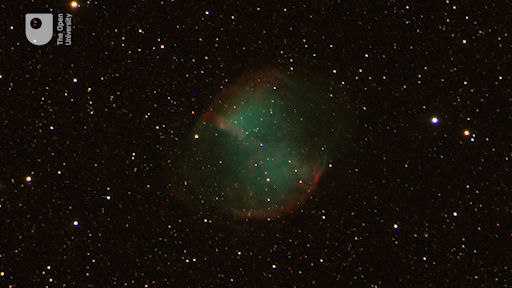Week 8: Building a light curve
Introduction
At the end of last week you selected a target star from a list of eclipsing binary stars identified by SuperWASP, and requested your first images of this variable star. In this video, Alan reviews the skills that you have developed and explains how your results will be combined with those of other people taking this course.

Transcript
This week you will retrieve the images acquired by COAST and use the information from these to select the best exposure when requesting further images. You will learn how to identify your target star in your images and how to measure the brightness using an online aperture photometry tool. Provided the weather is clear you may be able to get images from several different nights and start to see the variation in brightness in your own observations.
Finally, you will combine your results with those of others to plot an overall light curve for your chosen target. You will be able to identify which data points on this curve are yours and see how they fit with the measurements submitted by other participants on this course in a collaborative scientific investigation.
By the end of this week you will be able to:
- retrieve images from telescope.org in astronomical FITS (Flexible Image Transport System) format
- identify target and reference stars using a finder chart
- assess images for exposure and select the best exposure value for further observations
- use an aperture photometry tool to measure the brightness of your chosen target star
- combine your results to plot the light curve for your chosen target star.
